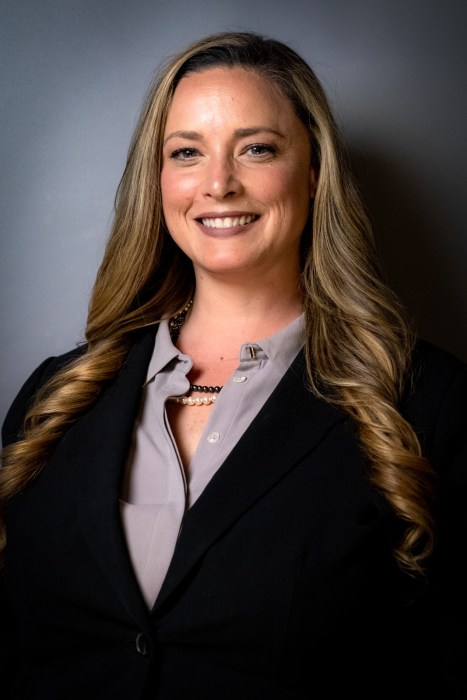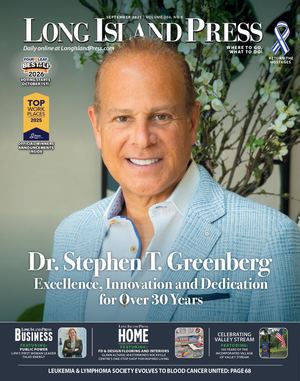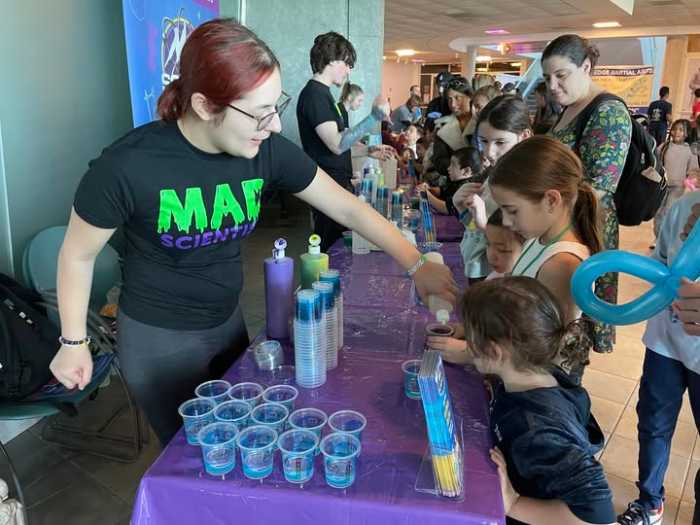Paul D. Schreiber High School posted one of the highest graduation rates in school history.
Schreiber Principal Dr. Kathryn Behr presented the data at the Nov. 19 meeting of the Port Washington Board of Education.
According to Behr’s presentation, the class of 2024 had a graduation rate of 98.9%. A school’s graduation rate is calculated by the number of students who earned a local or Regents diploma within four years of starting 9th grade.
The presentation analyzed graduation rates from 2019 to 2024. In 2019, Schreiber’s graduation rate was 94.7%, increasing in subsequent years to 95.3%, 95.8%, 97.8%, and finally 98.9% for the 2024 class.
The presentation highlighted the schoolwide and districtwide approaches to improving the graduation rate.
The schoolwide approach aims to meet students where they are, evaluate existing interventions, identify students who require additional targeted interventions, and provide data for progress monitoring.
The districtwide approach aims to build on the success at the schools and provide the necessary support throughout transitions.
There are zero members from the Schreiber graduating class of 2024 currently enrolled at the school. The graduating class of 363 students had four dropouts, while all enrolled seniors at Schreiber graduated this past June.
“Increasing graduation rates shows an investment in our young people,” Behr said in an interview with the Port Washington News.

Behr joined the Port Washington School District three years ago, coming from the Jericho School District, where she spent five years. She pointed to shifting toward a more proactive approach at both Schreiber and in the district to engage with the students.
In her three years at Schreiber, Behr spoke about significant changes in curriculum over the past 2 1/2 years formed out of her partnership with Assistant Superintendent of Curriculum, Instruction, and Assessment Sean Feeney.
Behr said they have tried to shift away from teacher-centered instruction and instead have tried to emphasize student-inspired learning.
They also have tried to create classes and environments for students that require multi-disciplinary skills. Behr credits the courses that emphasize critical thinking and problem solving from students to help shape them into well-rounded students.
“We want our students to be independent thinkers and critical thinkers,” Behr said. “It’s not just about how a standardized test measures my proficiency or mastery in one given area”
Behr made it clear that while important, the numbers do not tell the entire story. “We are looking at the whole student, not just what grade they got at the end of the year,” she said.
The holistic approach to education also includes counselors and grade-level principals interacting with students, building relationships with families, and trying to get to know every single student on an individual level.
They also have a child study team (CST) responsible for looking at the social and emotional aspects of the student, according to Behr.
Some changes in statewide education policy have also given students alternative avenues to graduate.
In New York, students must score 65% or better on five Regents to be eligible to graduate, according to the New York Department of Education.
Offered from June 2022 through August 2023, the special appeal program gave students who scored between 50-64% but passed the course the chance to appeal if they met certain requirements.
There is also the 4 + 1 pathway. It first became available to students who entered 9th grade after September 2011.
“Students must take and pass four required Regents Exams or Department-approved alternative assessments (one in each of the following subjects: English language arts, mathematics, science, and social studies” according to the NYSED.
In addition, students are required to complete a rigorous pathway to meet the fifth assessment requirement for graduation.
“It gives avenues to students who need support demonstrating efficiency in other areas” Behr said.
While happy with the numbers, Behr made it clear that there will continue to be work done to try to ensure they can have every single student walk across a graduation stage. “
“We aren’t trying to decide what their path is, we are trying to help them get to it,” she said.


































